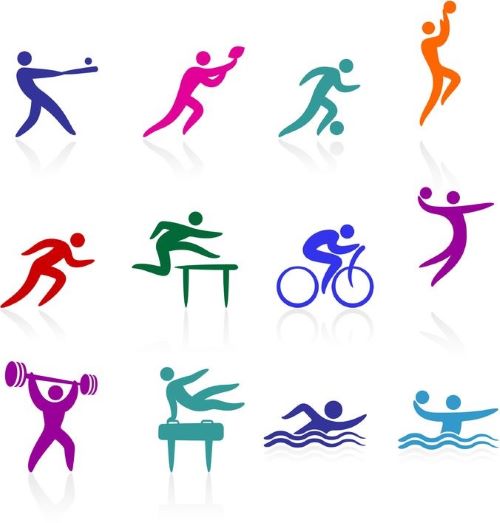Note that your final mark will not be saved in the system.
A1-A2 Components of physical and skill-related fitness GapFill
You must fill all the gaps before clicking ‘Check Answers!’

Fitness is a fundamental element to participating in sport and physical activity. It is split into various physical and skill-related components, and describes an individual's ability to meet the demands of their environment. In other words, how well a participant is able to meet the physical and skill-related requirements of their sport or activity. This activity will focus on physical fitness, and will take a look at what the different components mean and how they are important in sport.
- This requires a performer's cardiorespiratory system to meet the demand at the muscle and supply the relevant nutrients required for . As its role is to supply oxygen, it is important in low- to medium-intensity activities, where participants are required to maintain for a long duration and delay fatigue.
Muscular - This describes the length of time the muscular system is able to sustain activity of a light to moderate intensity. Without it, muscles will be unable to contract at the same intensity and the performer will feel or may suffer from cramp.
Muscular - Similar to the component above, this component also relates to the muscular system, but this component differs in that it describes the participant's ability to exert muscle contractions. It is an anaerobic component, and assists in performing forceful movements.
- This component can be calculated using the equation . Participants who have high amounts of this component are able to cover more distance in a given amount of time. This component is also used alongside strength to generate for sporting activities.
- This is used in actions where the pliability of muscles and connective tissue allows the joint to undergo a large . It is an important component in reducing during activities, as muscles are able to safely stretch across a large range of movement, and are therefore less likely to tear.
- Many sports and activities require participants to have a certain physique. This component describes the relative ratio of fat to fat-free mass in the body. It is important as certain athletes require a large muscle mass relative to fat mass in order to move freely and efficiently in their sports. On the other hand, some sports performers may require a large fat mass to add to overall body weight and brute force.